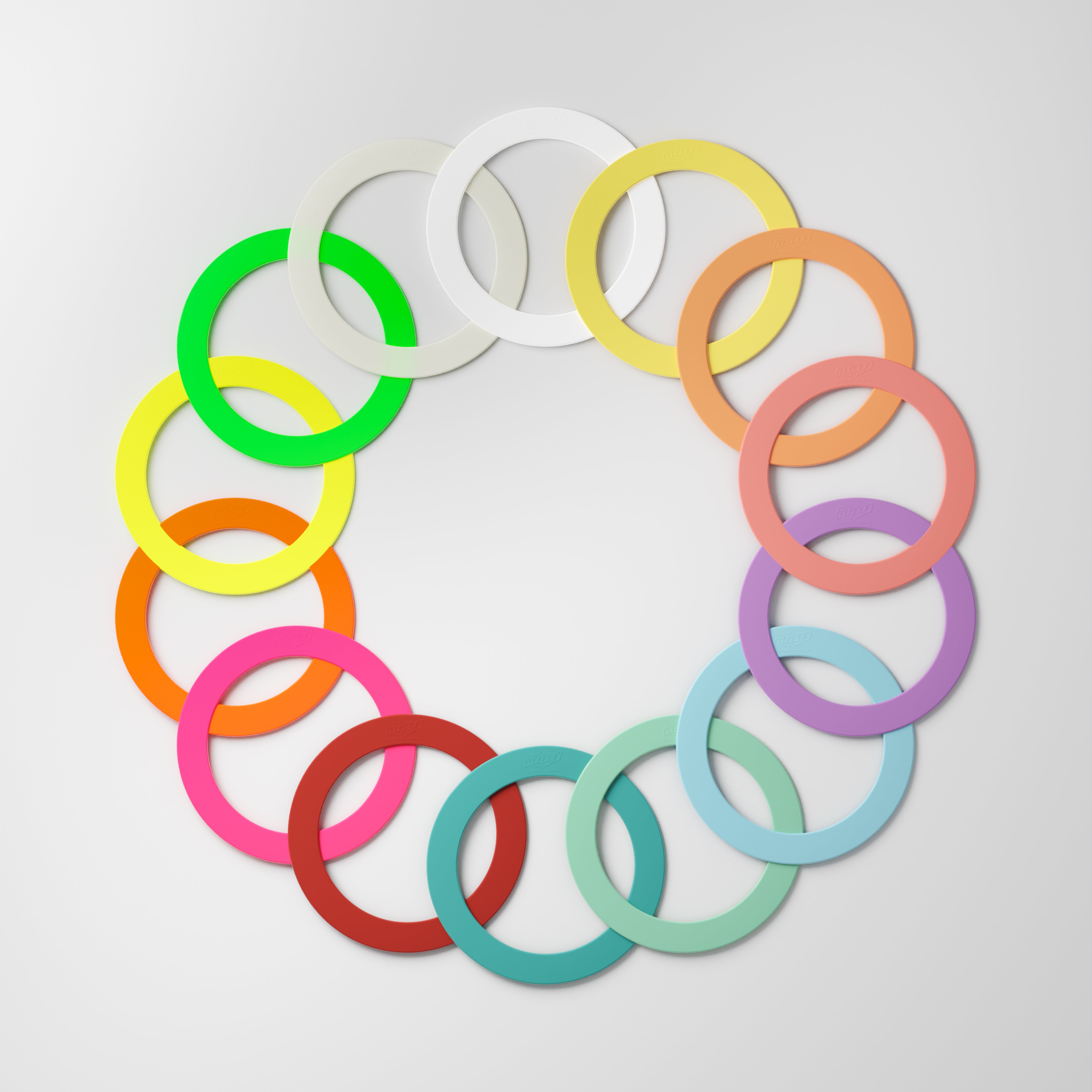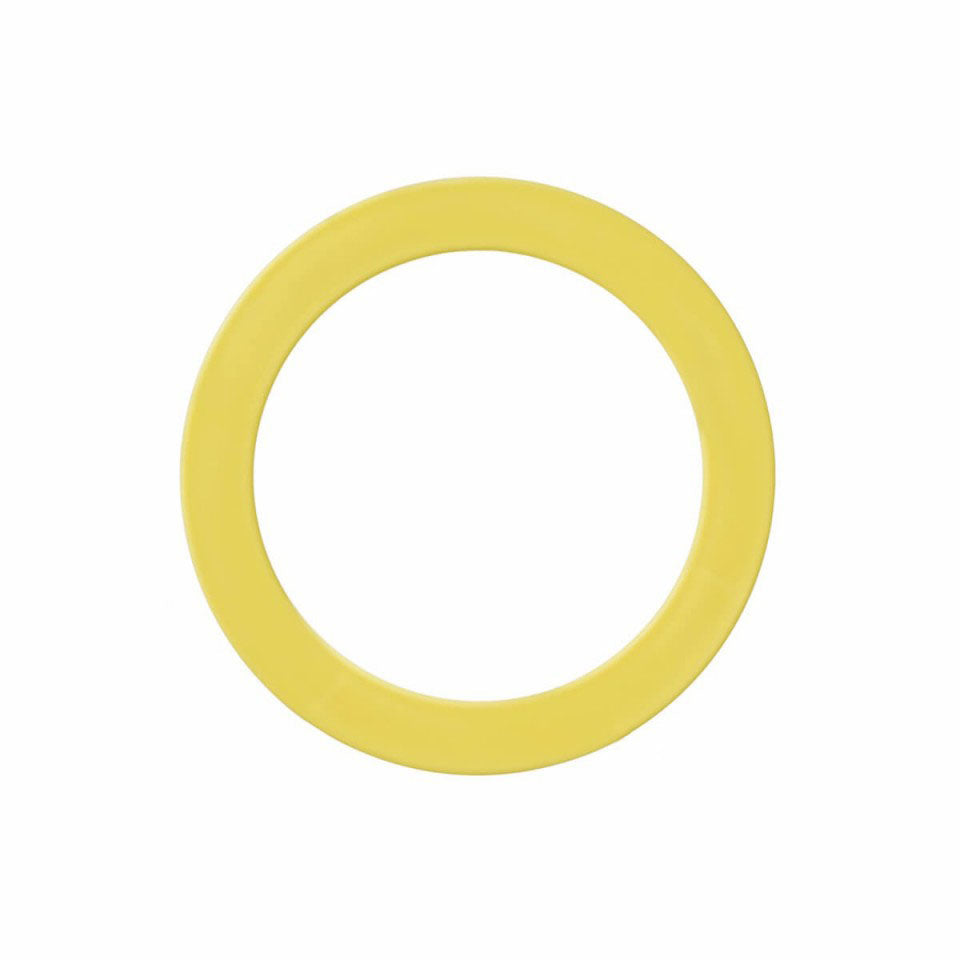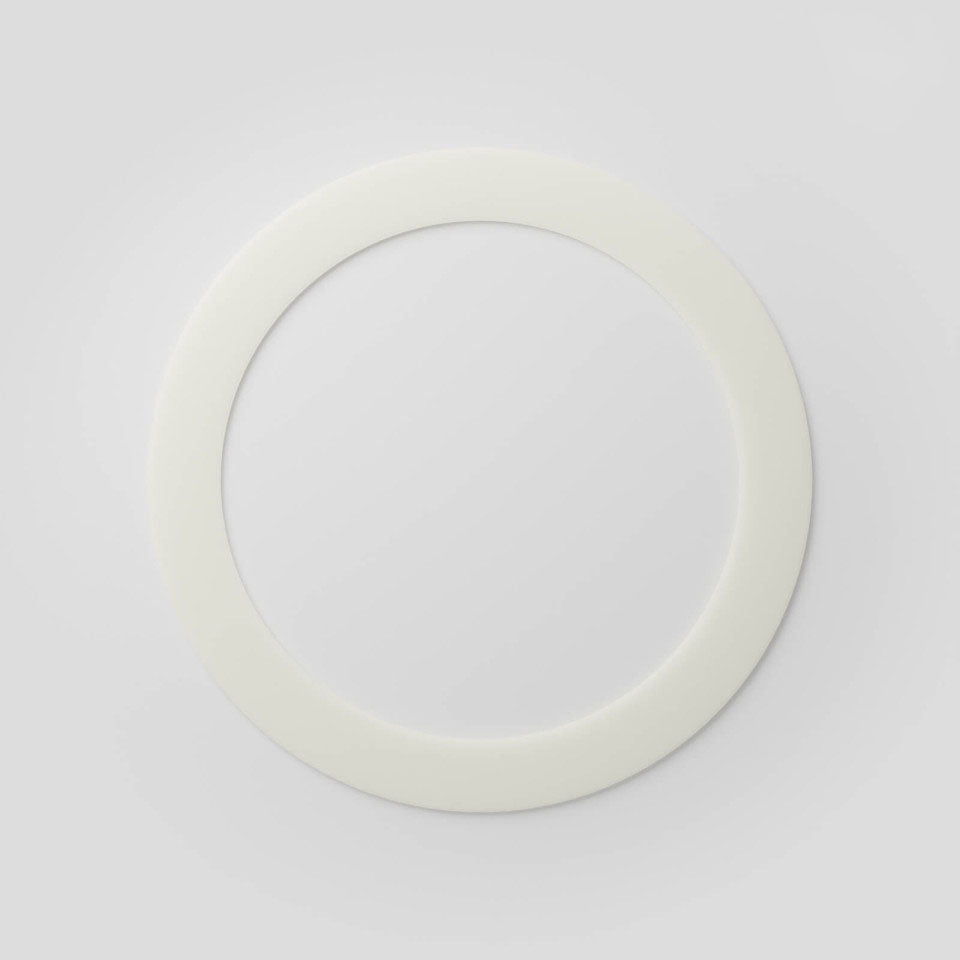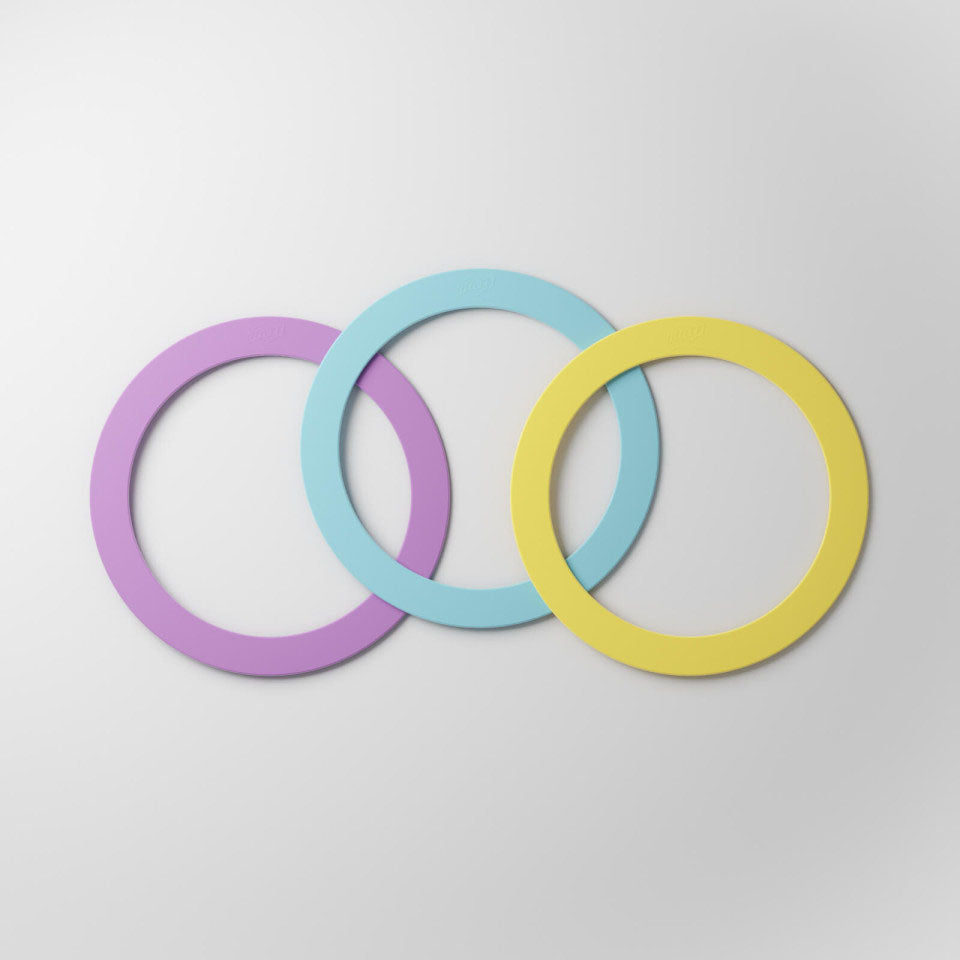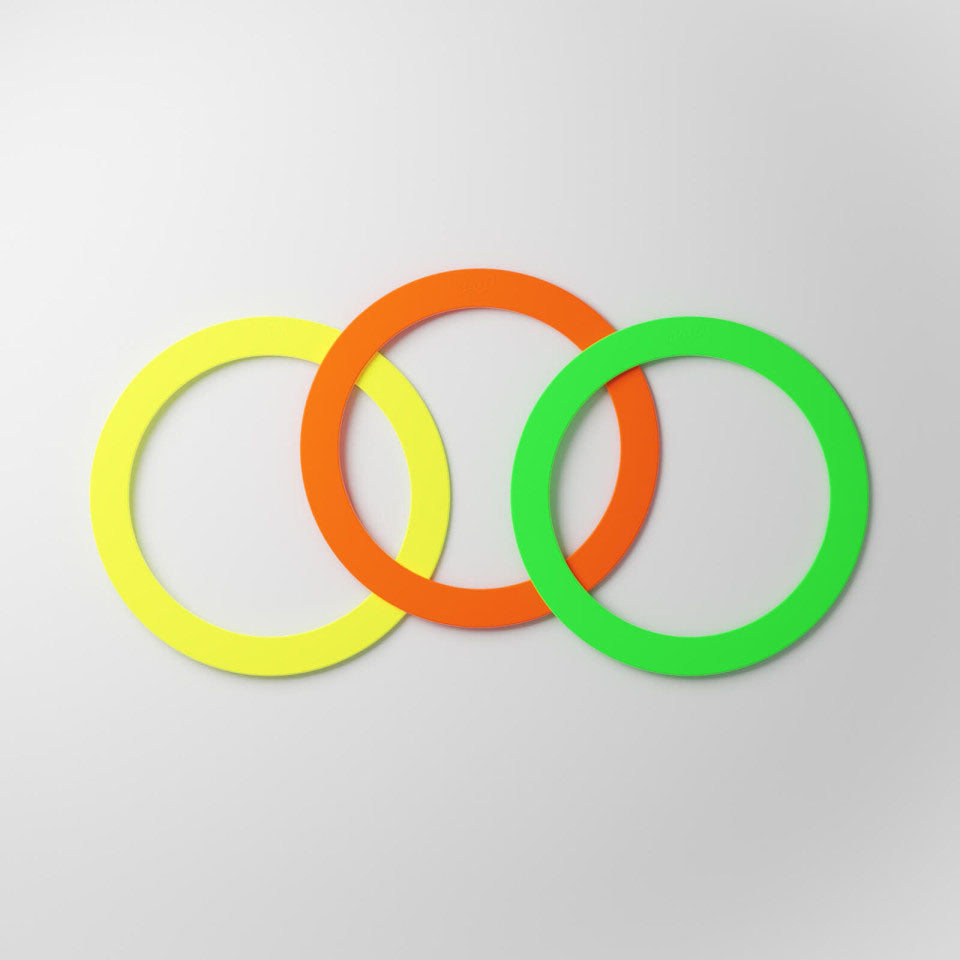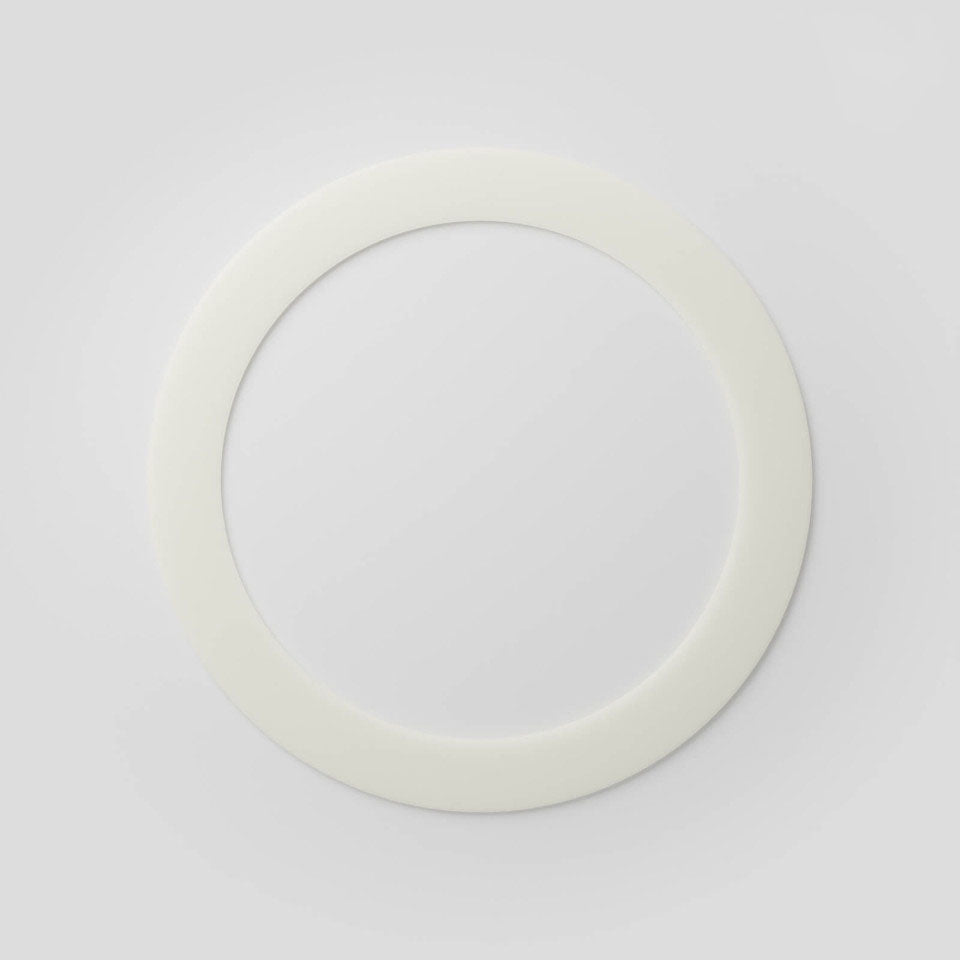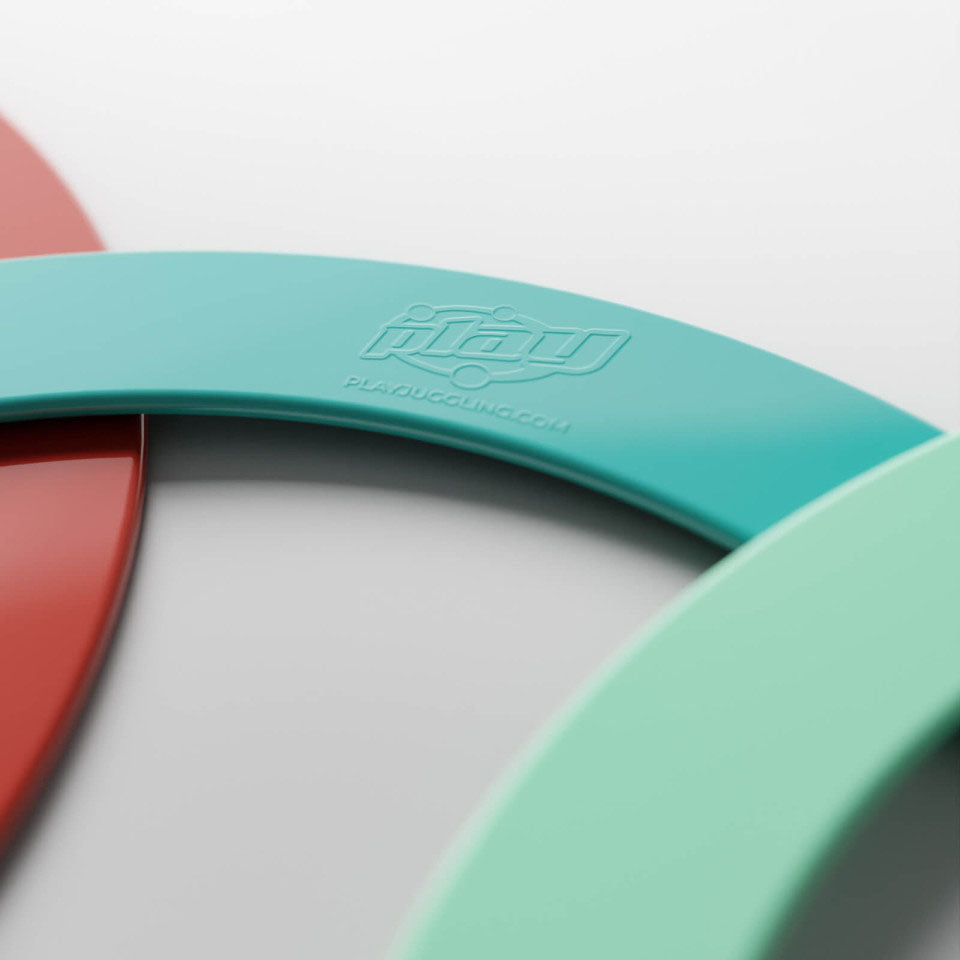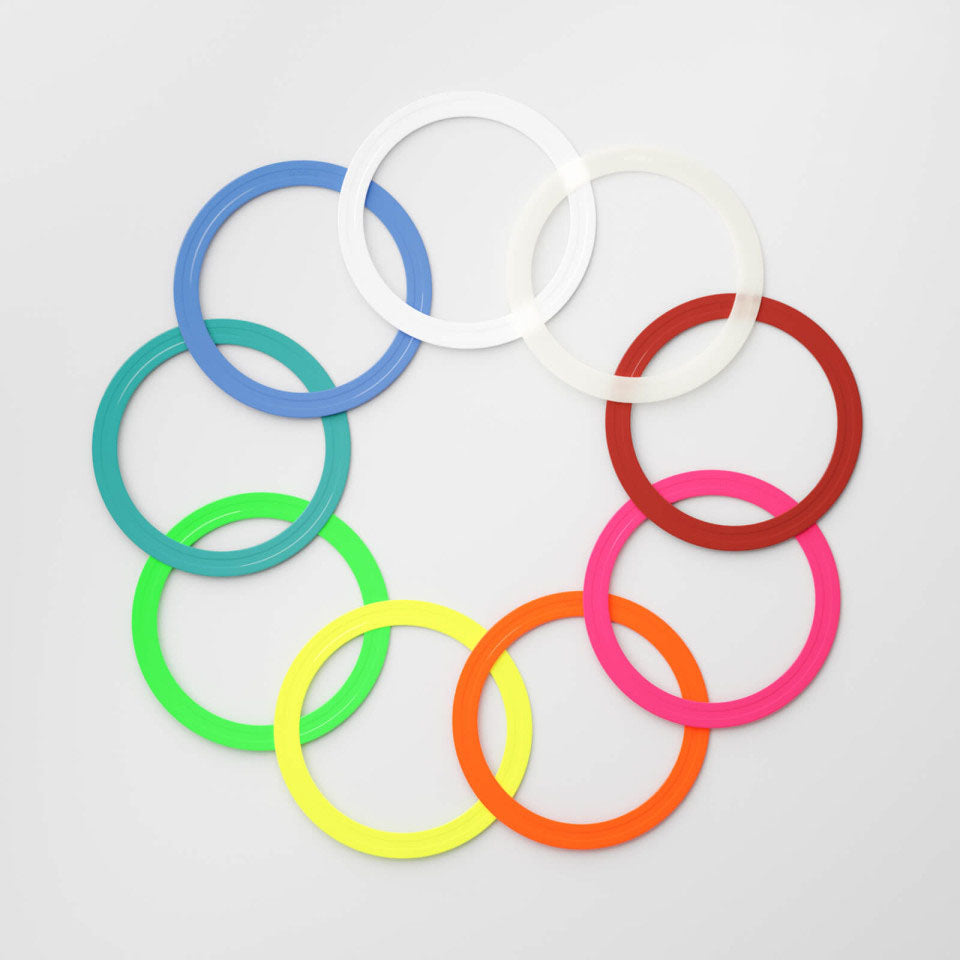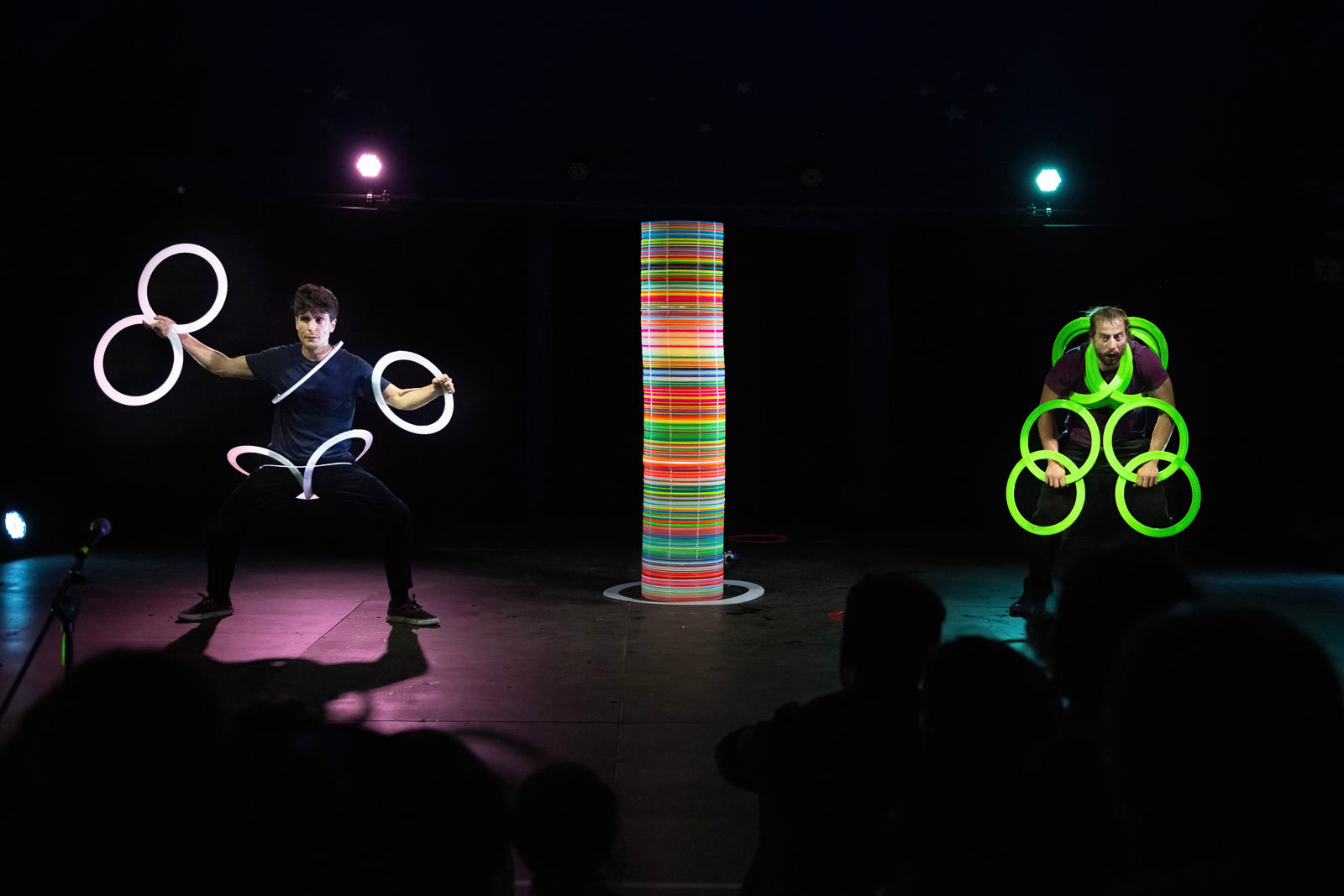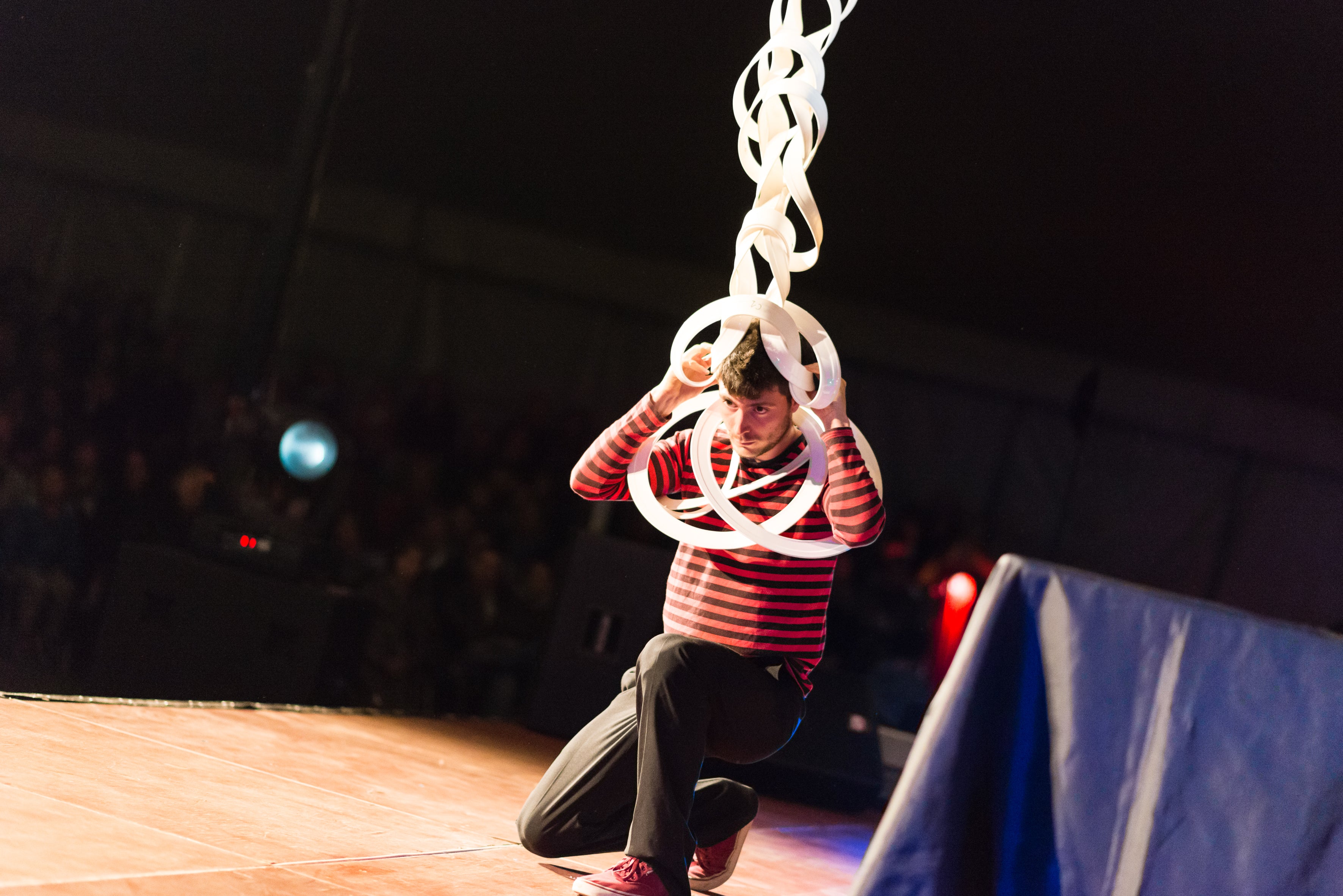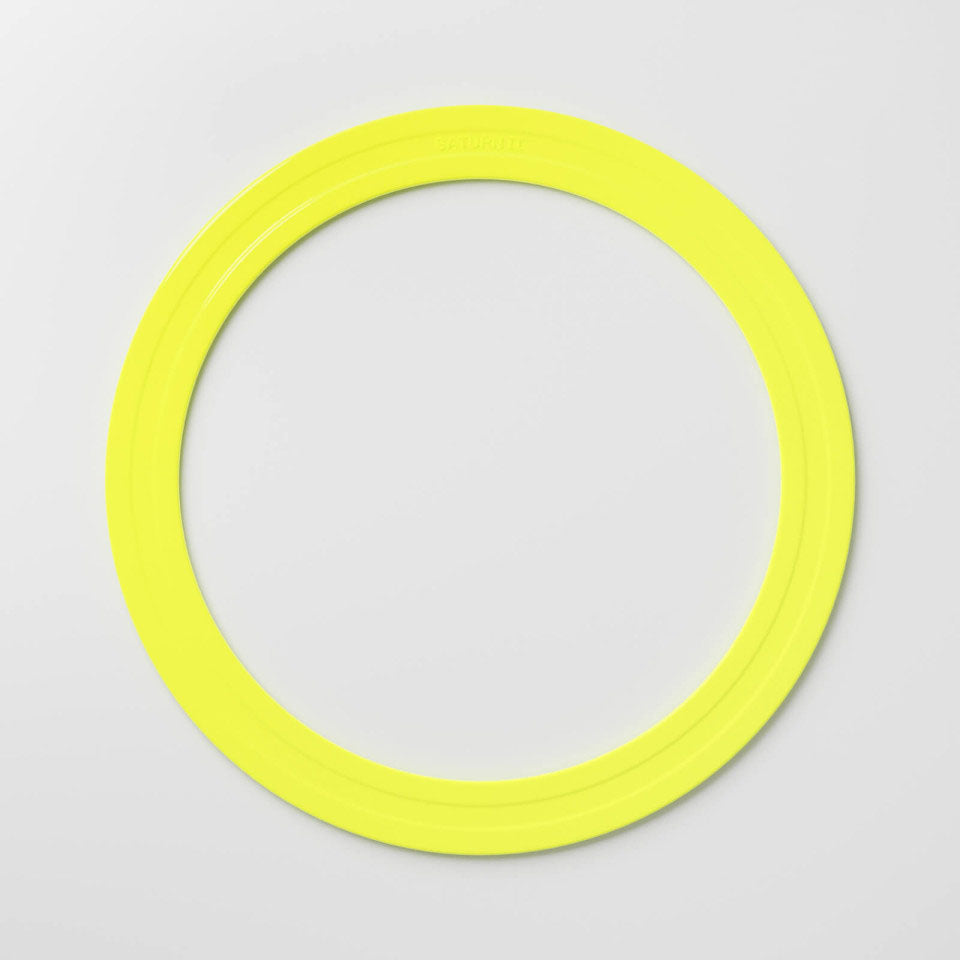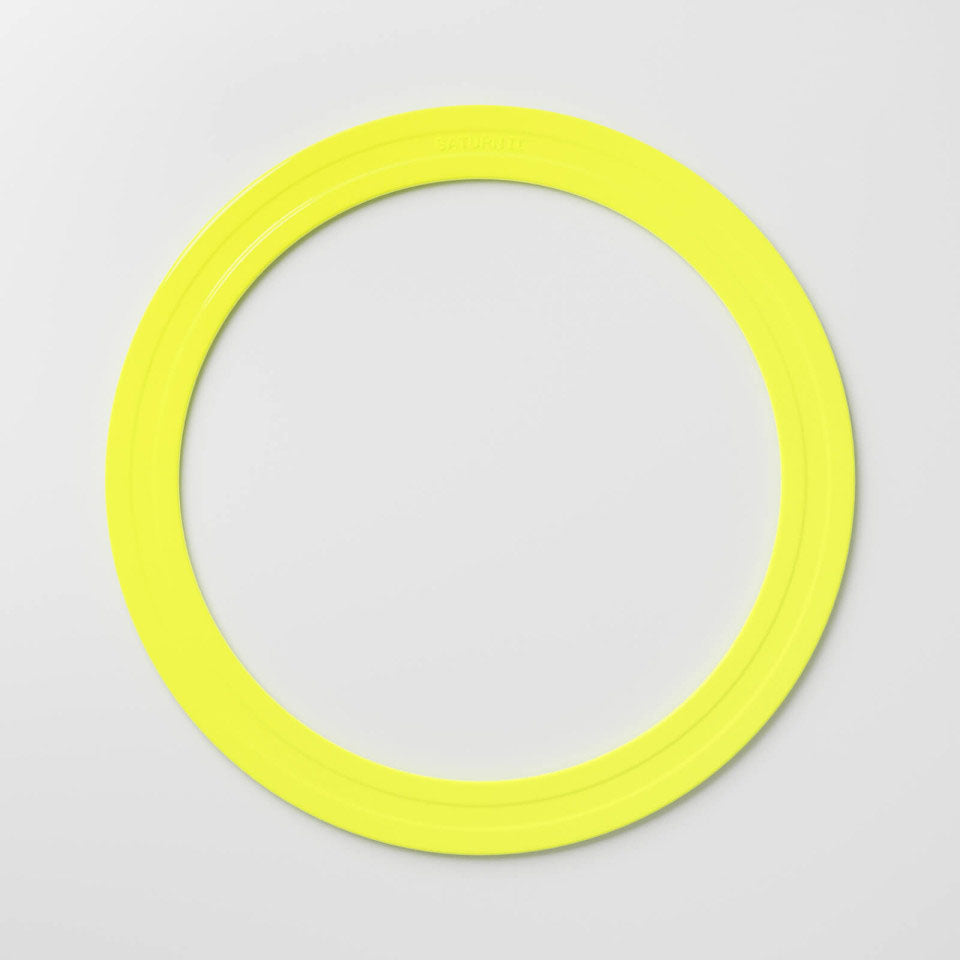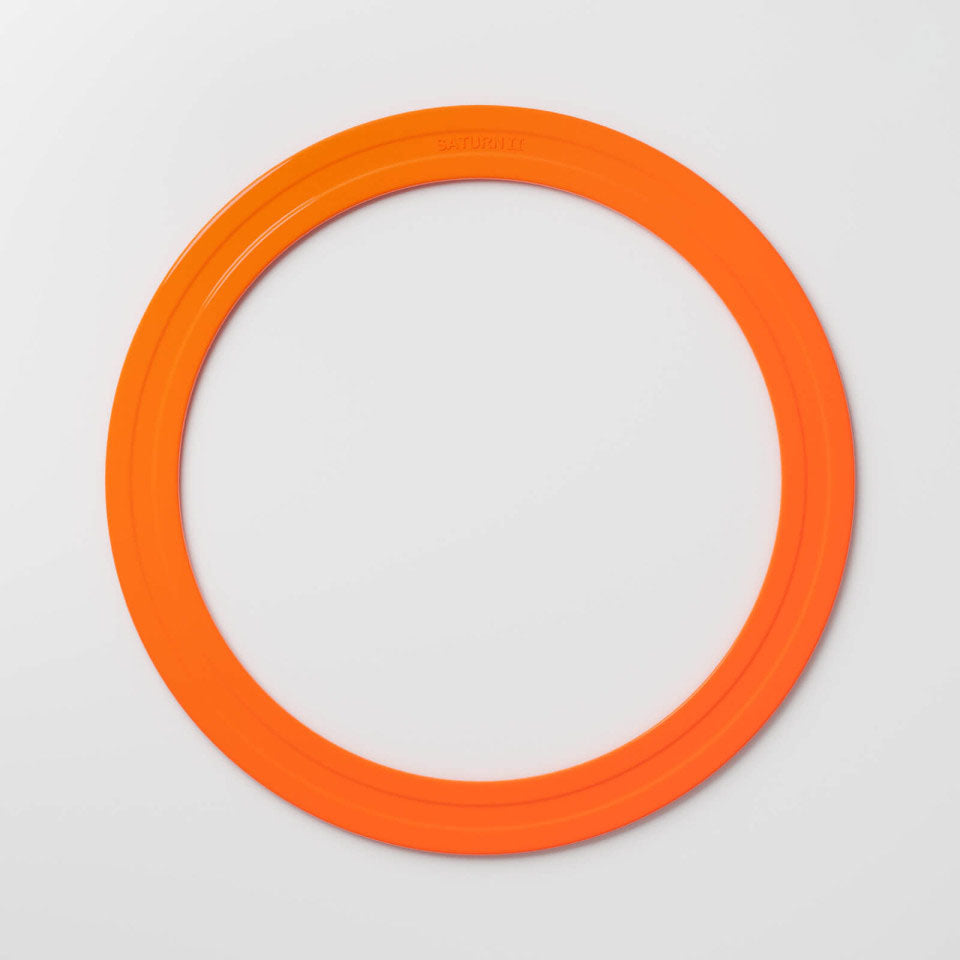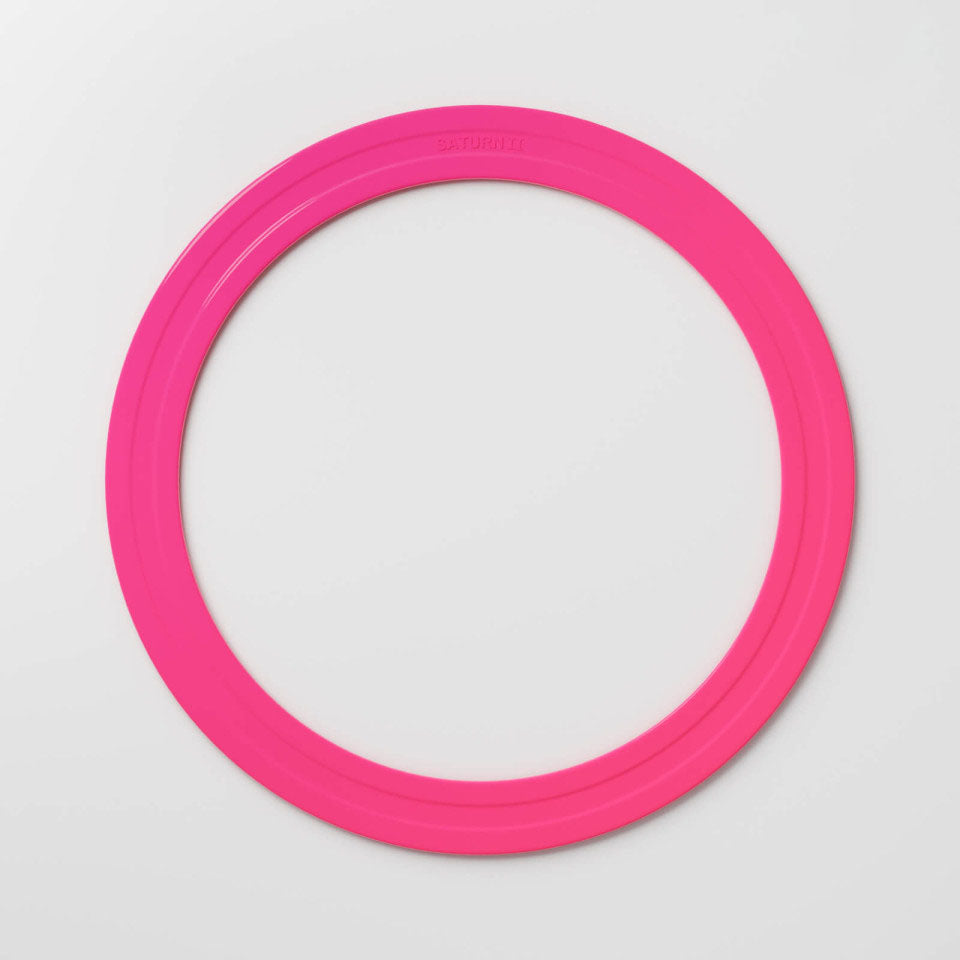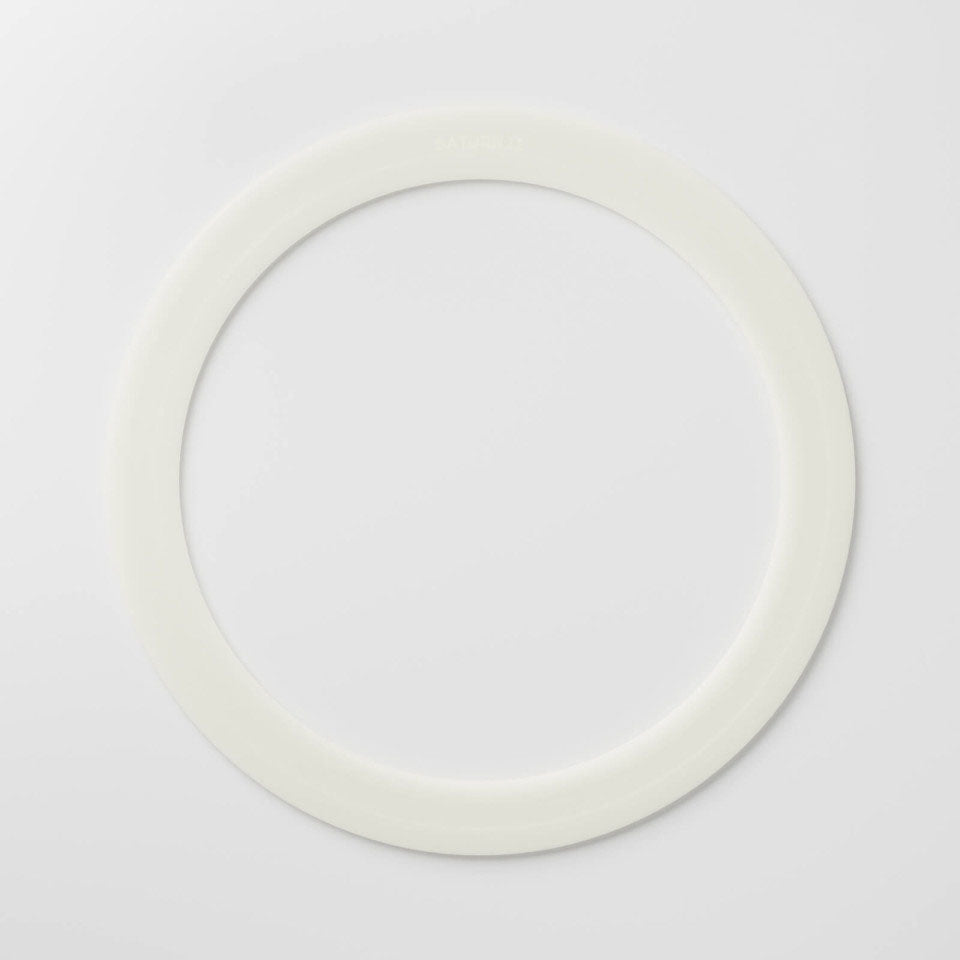Search
- Aerial & Circus
-
Juggling
-
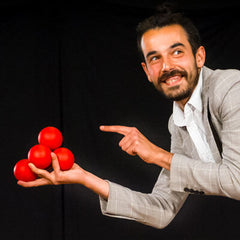 Balls
Balls 
- Juggling Ball Generator
- BBX - THE NEW PLAY BEANBAG! Ultra Thin Shell totally filled with millet seeds
- Beanbags
- Stage - Contact
- MMX - Soft Shell - Filled with millet seeds
- TT1 - Soft shell - filled with micro spheres
- TTS - Soft Shell - partially filled with micro spheres
- SRX - Soft Shell - Partially filled with qartz sand
- Sil-X - Elastic Shell - Partially filled with Silicone Oil
- SIL-X LIGHT - Soft Shell - Partially filled with Silicone Oil
- HYBRID - Elastic Shell - Partially Filled with millet seeds
- G-Force - Bouncing/Rebound
- Plug & Play - Hard and Light Shell - Partially Filled with Quartz Sand
- Spinning Balls
- Spare Parts for Balls
-
 Clubs
Clubs 
- SIRIUS Juggling Club Generator
- QUANTUM Juggling Club Generator
- PRIMA One piece Clubs
- PX3 - Flexible Core in Extruded Plastic - Standard Weight
- PX3 Light - Flexible Core in Extruded Plastic - Ultra Light
- PX4 - Rigid Core in Fiberglass - Standard Weight
- EX1 - Rigid Aluminum Core 7075 - Ultra Light
- D Club
- Spare Parts for Clubs
-
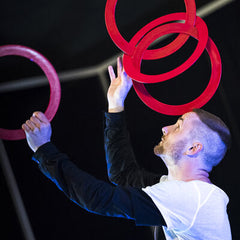 Juggling Rings
Juggling Rings
-
 Diabolo
Diabolo
-
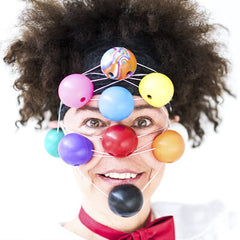 Professional Silicone Clown Noses
Professional Silicone Clown Noses
-
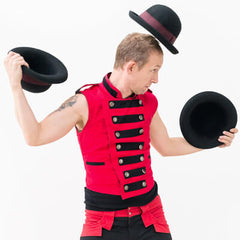 Manipulation Hats
Manipulation Hats
-
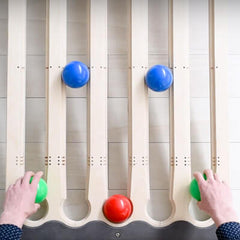 Juggle Board
Juggle Board
-
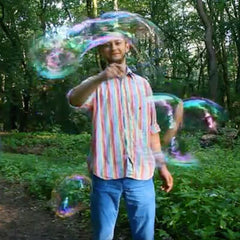 Soap Bubbles
Soap Bubbles
-
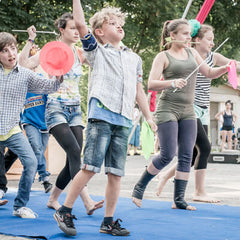 Circus Schools and Juggling courses
Circus Schools and Juggling courses
-
- Fire Props
- Spinning & Flow
- LED Glow Equipment
- Perfect Hoops
- Apparel
- Aerial & Circus
-
Juggling
-
 Balls
Balls 
- Juggling Ball Generator
- BBX - THE NEW PLAY BEANBAG! Ultra Thin Shell totally filled with millet seeds
- Beanbags
- Stage - Contact
- MMX - Soft Shell - Filled with millet seeds
- TT1 - Soft shell - filled with micro spheres
- TTS - Soft Shell - partially filled with micro spheres
- SRX - Soft Shell - Partially filled with qartz sand
- Sil-X - Elastic Shell - Partially filled with Silicone Oil
- SIL-X LIGHT - Soft Shell - Partially filled with Silicone Oil
- HYBRID - Elastic Shell - Partially Filled with millet seeds
- G-Force - Bouncing/Rebound
- Plug & Play - Hard and Light Shell - Partially Filled with Quartz Sand
- Spinning Balls
- Spare Parts for Balls
-
 Clubs
Clubs 
- SIRIUS Juggling Club Generator
- QUANTUM Juggling Club Generator
- PRIMA One piece Clubs
- PX3 - Flexible Core in Extruded Plastic - Standard Weight
- PX3 Light - Flexible Core in Extruded Plastic - Ultra Light
- PX4 - Rigid Core in Fiberglass - Standard Weight
- EX1 - Rigid Aluminum Core 7075 - Ultra Light
- D Club
- Spare Parts for Clubs
-
 Juggling Rings
Juggling Rings
-
 Diabolo
Diabolo
-
 Professional Silicone Clown Noses
Professional Silicone Clown Noses
-
 Manipulation Hats
Manipulation Hats
-
 Juggle Board
Juggle Board
-
 Soap Bubbles
Soap Bubbles
-
 Circus Schools and Juggling courses
Circus Schools and Juggling courses
-
- Fire Props
- Spinning & Flow
- LED Glow Equipment
- Perfect Hoops
- Apparel
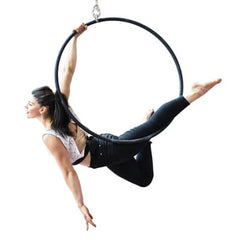 Aerial Disciplines
Aerial Disciplines 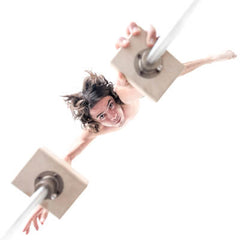 Handstand
Handstand
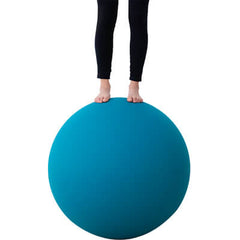 Balance
Balance
 Balls
Balls  Clubs
Clubs  Juggling Rings
Juggling Rings
 Diabolo
Diabolo
 Professional Silicone Clown Noses
Professional Silicone Clown Noses
 Manipulation Hats
Manipulation Hats
 Juggle Board
Juggle Board
 Soap Bubbles
Soap Bubbles
 Circus Schools and Juggling courses
Circus Schools and Juggling courses
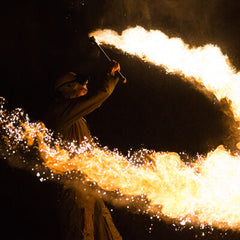 Fire Props
Fire Props
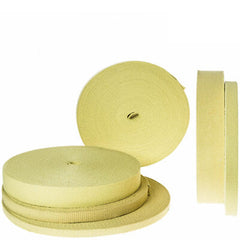 Kevlar® Wicks
Kevlar® Wicks
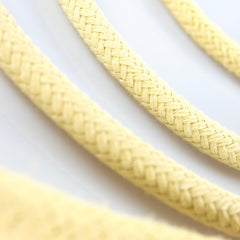 Kevlar® Ropes
Kevlar® Ropes
 Special ropes in Technora and Kevlar®
Special ropes in Technora and Kevlar®
 7075 - Tubing for fire prop manufacturers
7075 - Tubing for fire prop manufacturers
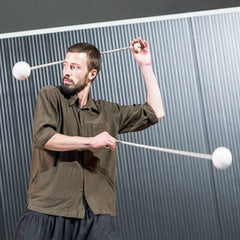 Contact Poi
Contact Poi
 Poi and Flow Arts Components
Poi and Flow Arts Components
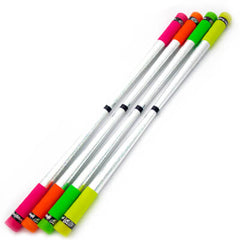 Devilstick
Devilstick
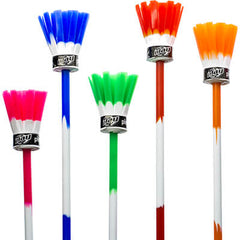 Flowerstick
Flowerstick

